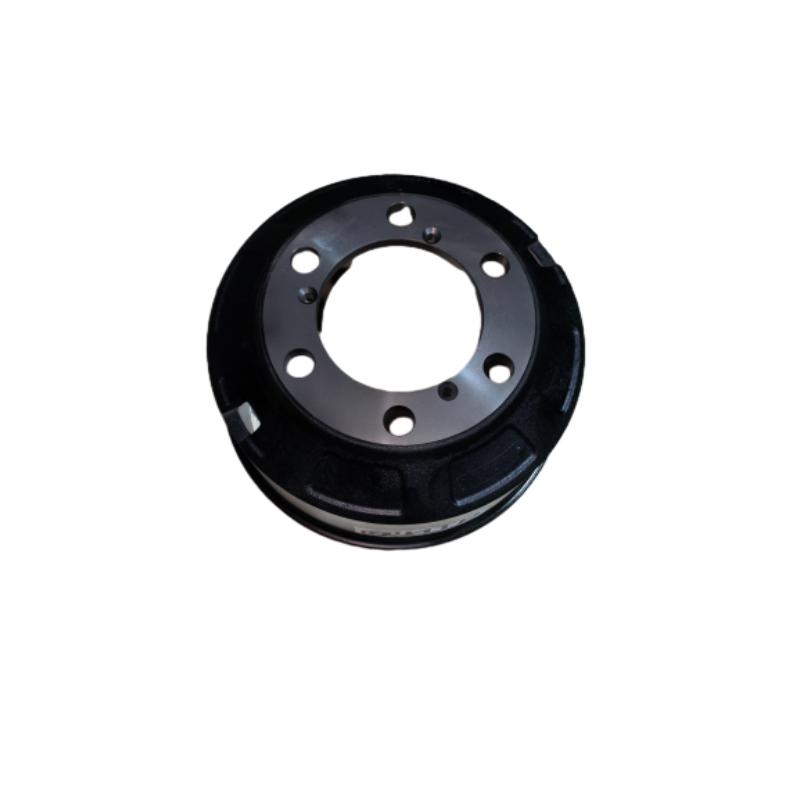Jul . 27, 2024 15:01 Back to list
Understanding the Essential Components of Brake Drum Systems for Enhanced Vehicle Safety and Performance
Understanding Brake Drum Parts Essential Components for Vehicle Safety
Brake systems are crucial for vehicle safety, and within this system, the brake drum plays a vital role. In this article, we will explore the components of brake drums, their functionality, and the importance of maintenance.
What is a Brake Drum?
A brake drum is a crucial part of a drum brake system, commonly found on older vehicles and some modern models, especially those that utilize rear drum brakes. The drum itself is a cylindrical component that houses brake shoes, which press against its inner surface to create friction and slow down or stop the vehicle.
Key Components of Brake Drums
1. Brake Drum The main component, typically made from cast iron or sometimes aluminum, serves as the friction surface where the brake shoes make contact. Its design must endure high temperatures and stress from braking forces.
2. Brake Shoes These are curved metal pieces lined with friction material (usually made from composite materials) that press against the inner surface of the drum when the brakes are applied. The friction between the shoes and the drum generates the necessary stopping power.
3. Wheel Cylinder Located at the bottom of the brake assembly, the wheel cylinder is a hydraulic component that expands when brake fluid is pressurized, pushing the brake shoes outward against the drum.
4. Return Spring This spring plays a crucial role in the brake system's functionality by pulling the brake shoes back into their resting position when the brake pedal is released, ensuring the wheels can rotate freely.
5. Adjuster Some drum brakes come with an adjuster mechanism that automatically adjusts the position of the brake shoes as they wear down, maintaining optimal contact with the brake drum for effective braking performance.
6. Backing Plate This is a metal plate that supports the entire brake assembly, providing a stable surface to which the other components are attached.
brake drum parts

How Brake Drums Work
When a driver presses the brake pedal, hydraulic fluid is sent to the wheel cylinder, causing it to push the brake shoes outward against the brake drum. The friction generated slows the drum and, consequently, the wheel, bringing the vehicle to a stop. The efficiency of this system is influenced by the surface condition of the brake drum and the brake shoes.
Importance of Maintenance
Like all vehicle components, brake drums require regular maintenance to operate effectively and ensure safety. Here are a few maintenance tips
- Visual Inspections Regularly check the brake drums for any signs of wear, cracks, or overheating. A shiny appearance on the surface indicates overheating, while any noticeable grooves can lead to reduced braking efficiency.
- Brake Shoe Replacement Shoe material wears down over time. Regular checks and timely replacement of the brake shoes are crucial to prevent damage to the drum.
- Cleaning Dust and debris can accumulate in the drum assembly. Regular cleaning can help maintain optimal performance and prolong the life of the components.
- Professional Inspections Having a qualified mechanic inspect the brake system can help identify potential issues before they become serious problems.
Conclusion
Understanding brake drum parts and their functions is essential for every vehicle owner. Proper maintenance and timely checks can prevent costly repairs and ensure safe driving conditions. Remember, the brake system is one of the most critical safety features in your vehicle; it deserves attention and care to operate safely and effectively. By investing in regular maintenance and remaining informed about the components, you can contribute to your vehicle's overall performance and safety on the road.
-
Brake Drum Man - High-Quality Drum Brake Drums & Brake Shoes for Reliable Performance
NewsJun.24,2025
-
High-Quality Brake Drum Kamaz – Durable Drum Brake Drum & Brake Shoe Replacement
NewsJun.10,2025
-
High-Quality Brake Drum Liza for Drum Brake Systems - Superior Durability and Performance
NewsJun.10,2025
-
High-Quality Brake Drum Kamaz – Durable Drum Brake Drum & Brake Shoe Solutions
NewsJun.10,2025
-
Durable Kamaz Brake Drums High-Performance Truck Parts
NewsJun.09,2025
-
Premium Brake Drum Maz Kit with Shoes Enhanced Braking
NewsJun.09,2025
